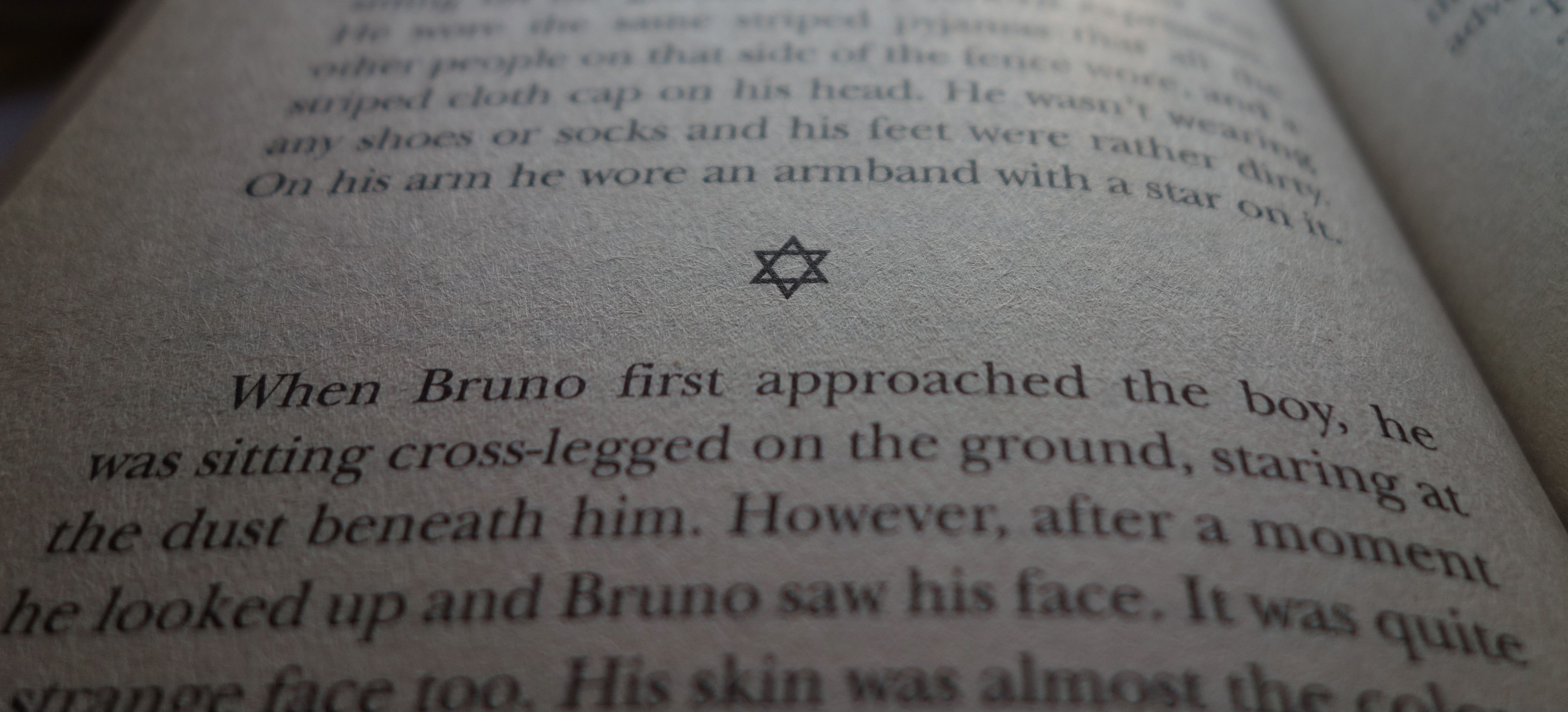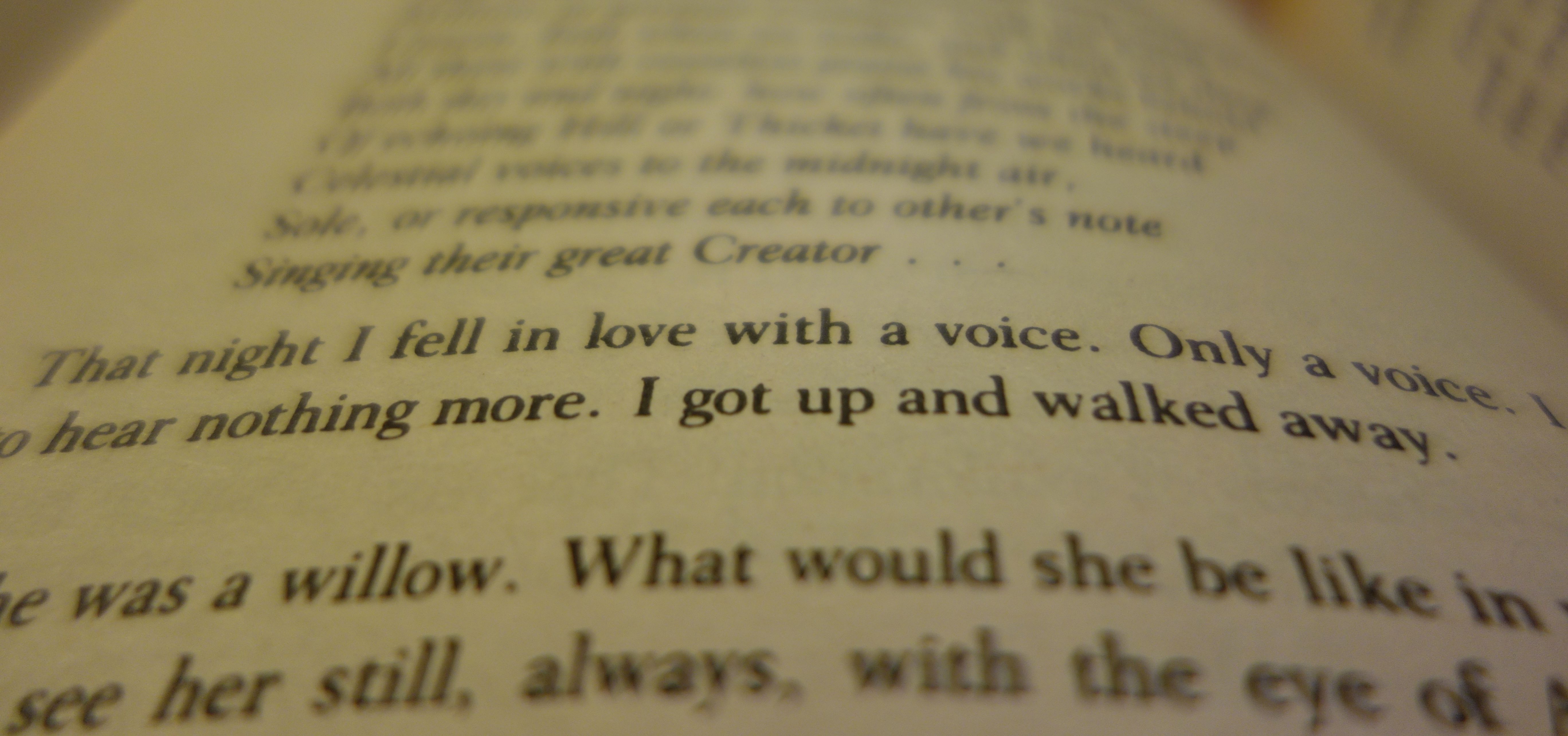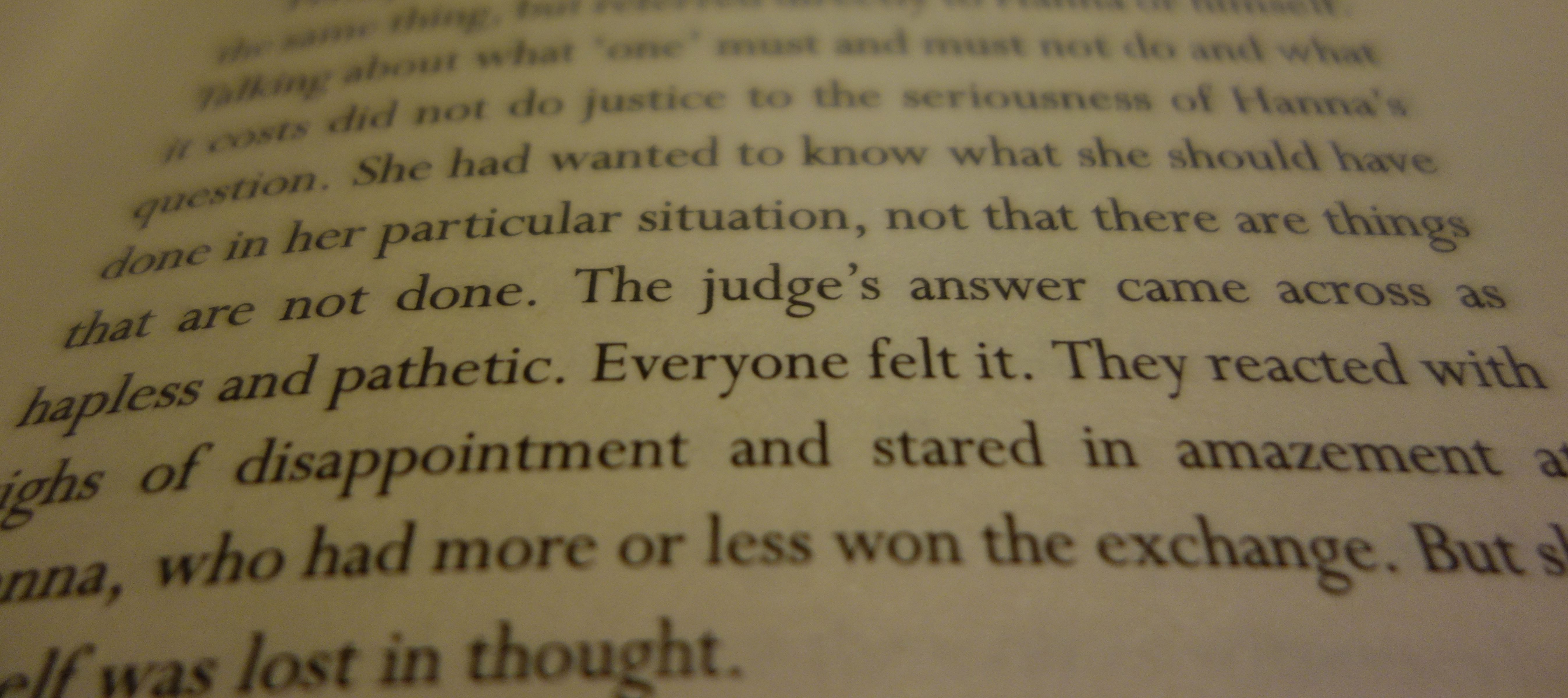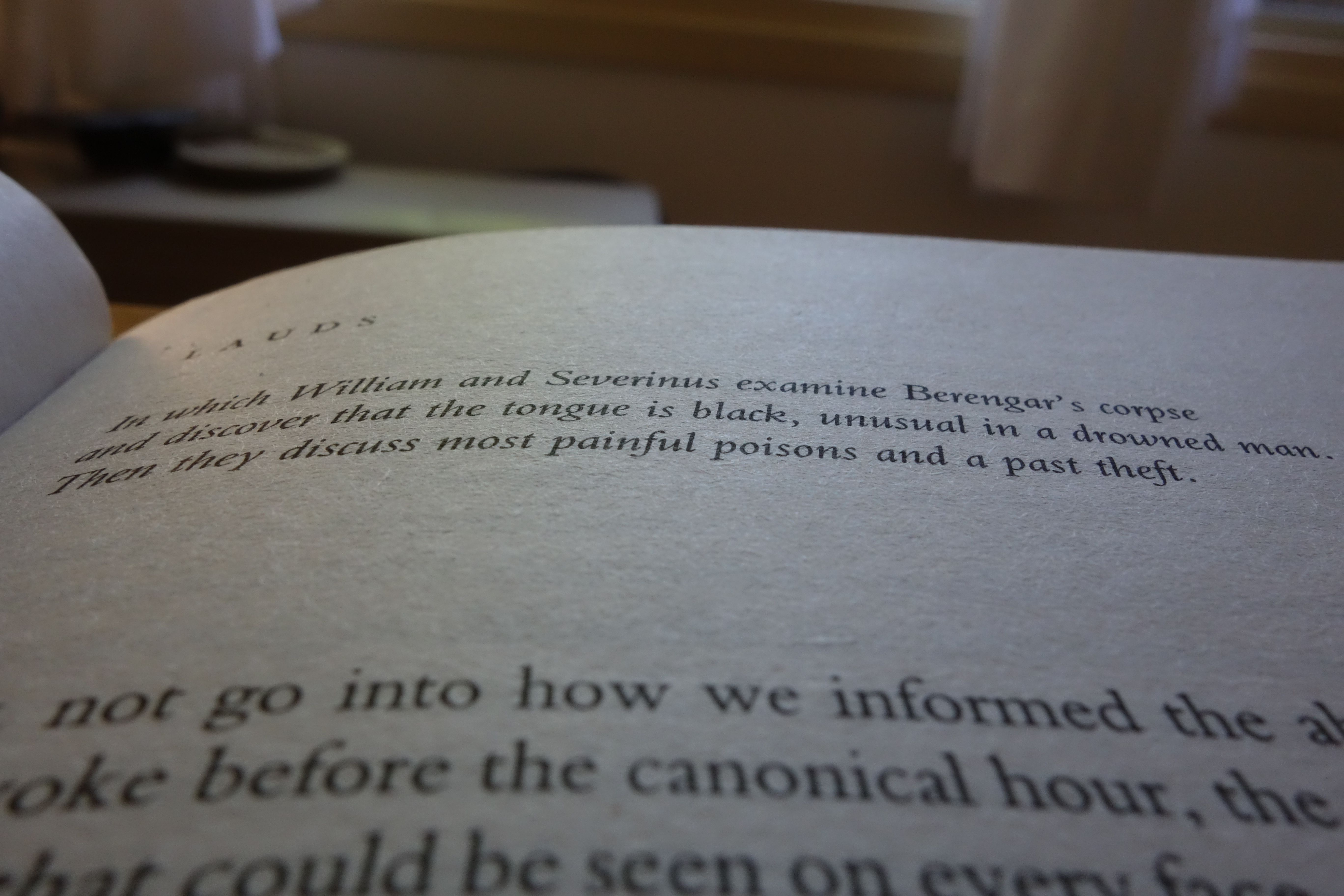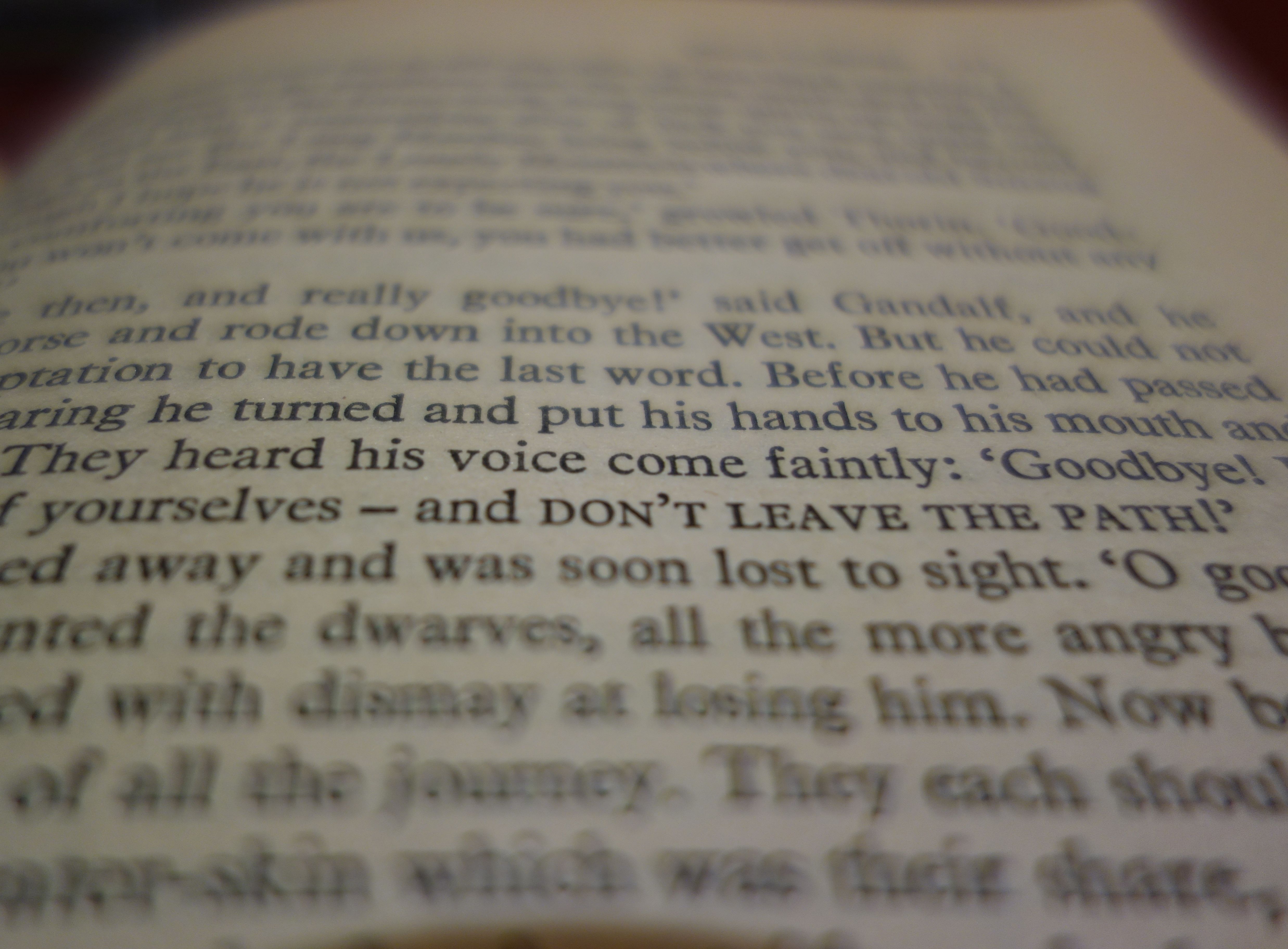Sometimes at the centre of a novel a new character is introduced who changes everything. In John Boyne’s The Boy in the Striped Pyjamas, it’s not until the middle that we meet the title character. And it’s then that everything changes for the German boy, Bruno:
“The boy was smaller than Bruno and was sitting on the ground with a forlorn expression. He wore the same striped pyjamas that all the other people on that side of the fence wore, and a striped cloth cap on his head. He wasn’t wearing any shoes or socks and his feet were rather dirty. On his arm he wore an armband with a star on it.”
*****

